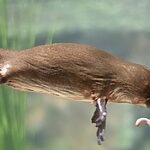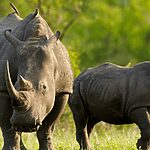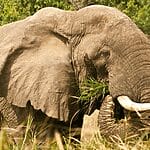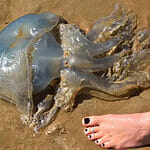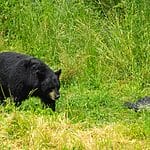Wombats might look adorable with their stocky build and slow-moving nature, but their behavior can be unpredictable. For anyone planning to visit Australia or encounter these marsupials in the wild, it’s natural to wonder if they pose any danger. While they are not typically aggressive, certain situations can escalate quickly, making them a concern for humans.
One surprising fact is that wombats have strong, powerful legs, which they use to burrow, but they can also charge at an alarming speed if threatened. This can be startling, especially when they feel cornered or agitated.
In this article, we’ll explore the circumstances where wombats may become dangerous and how to safely interact with them. SKeep reading for practical advice and key insights that will keep both you and the wombats safe.
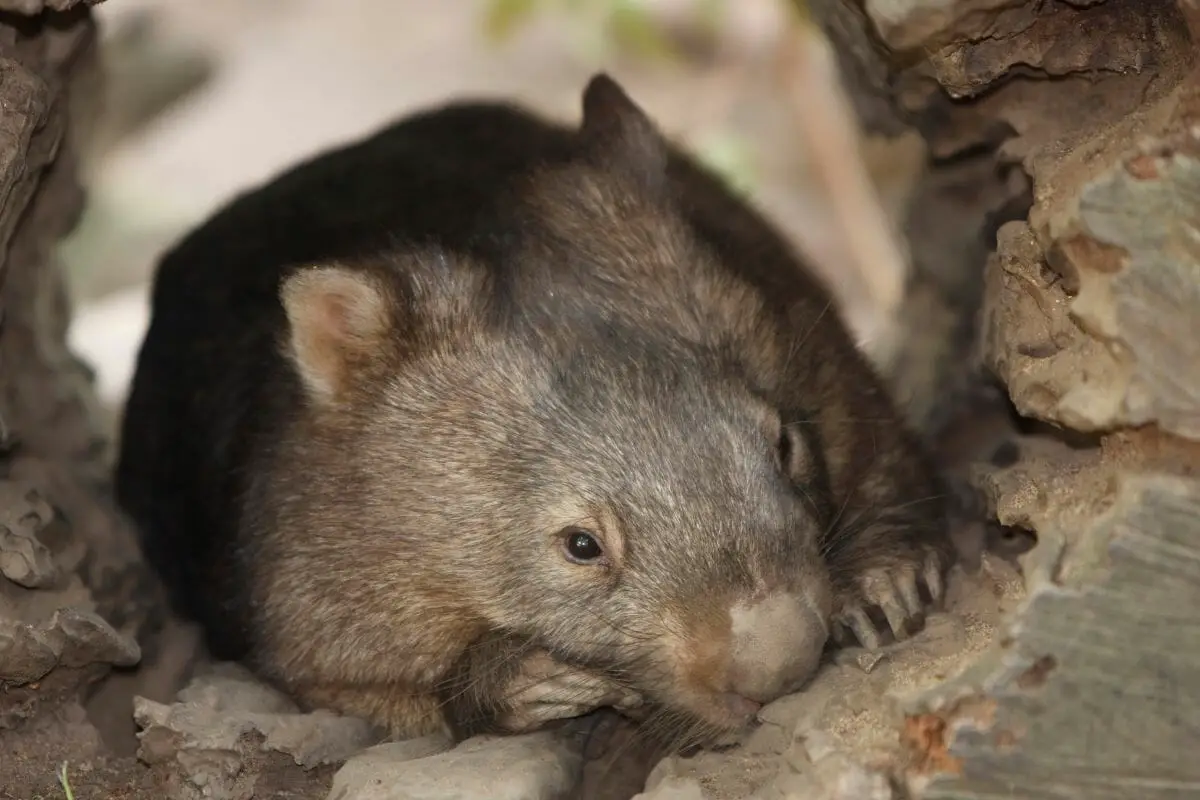
What Do Wombats Look Like?
Despite being well known in their native home of Australia, many people around the world would perhaps find them harder to identify than other, more famous creatures like the kangaroo.
However, the wombat is in fact distinctive in appearance, possessing a short, squat physique, and boasting a high level of musculature for a small mammal.
They have stronger forearms designed for digging their burrows, and are equipped with sharp claws and teeth to protect themselves and their young.
The Temperament Of The Wombat
Generally speaking, wombats possess a calm temperament, and are generally shy, retiring, peaceful creatures.
However, when attacked, threatened, startled, or provoked, they are known to develop a distinctly ‘grumpy’, or even angry, demeanor.
This is a defense mechanism, and they are forthright in defending themselves, their burrows, or their young – who are protected and kept safe thanks to a rear-facing pouch that not only keeps them safe from danger, but also keeps the babies clean when the mother is digging in the soil.
Can Wombats Be Dangerous?
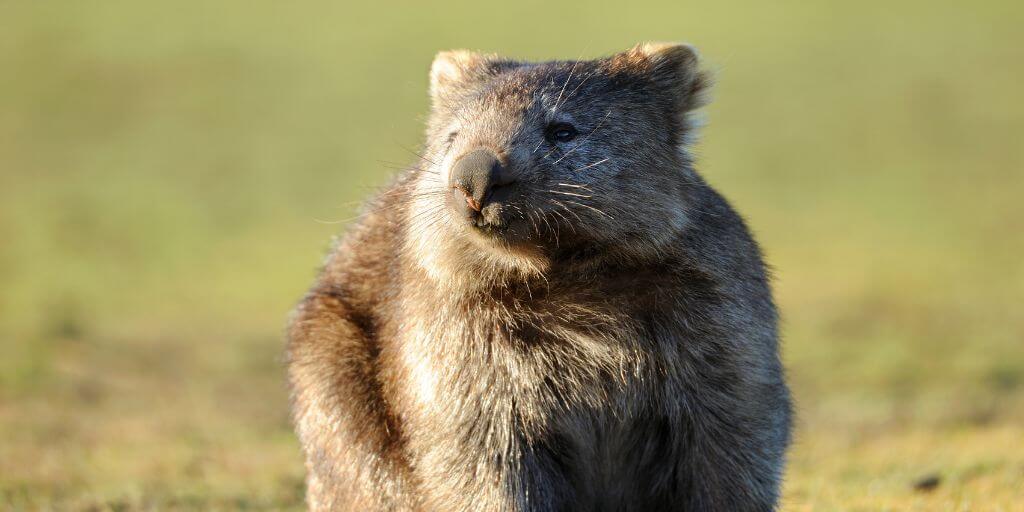
Despite their unassuming appearance, wombats can indeed be dangerous, especially if they are startled, in danger, or cornered by humans and potential predators.
Over the years, there have been countless wombat ‘attacks’ on humans, usually when the human has attempted to pet or feed a wombat, and the animal has become startled and lashed out in defense.
This is a common behavioral instinct for the creatures, and despite their soft, cuddly appearance they are more than capable of holding their own – thanks to an assertive demeanor, and reinforced with sharp claws and teeth, which alone are more than capable of puncturing human flesh.
Are Wombat Attacks Likely?
While the wombat is not an out and out dangerous creature – nor naturally aggressive – the likelihood of attacks on humans becomes more likely and prominent in situations where the creatures feel threatened or at risk.
Thanks to the modern expansion of Australian communities into once distinctly rural settings, the boundaries between humans and nature have become more blurred, leading to more encounters between humans and various forms of bush wildlife.
This usually takes the form of various animals wandering into suburban areas looking for food, or through tourists venturing into the bush and coming too close to wild animals.
By and large, if wombats are left in peace, and not made to feel threatened or in danger, then they pose no great risk to human beings or domesticated pets like cats, dogs, or rabbits.
How Are Wombats Viewed Within Society?
Over the years, the image of the wombat has changed various times – both within colonized Australian society, and in native Aboriginal communities.
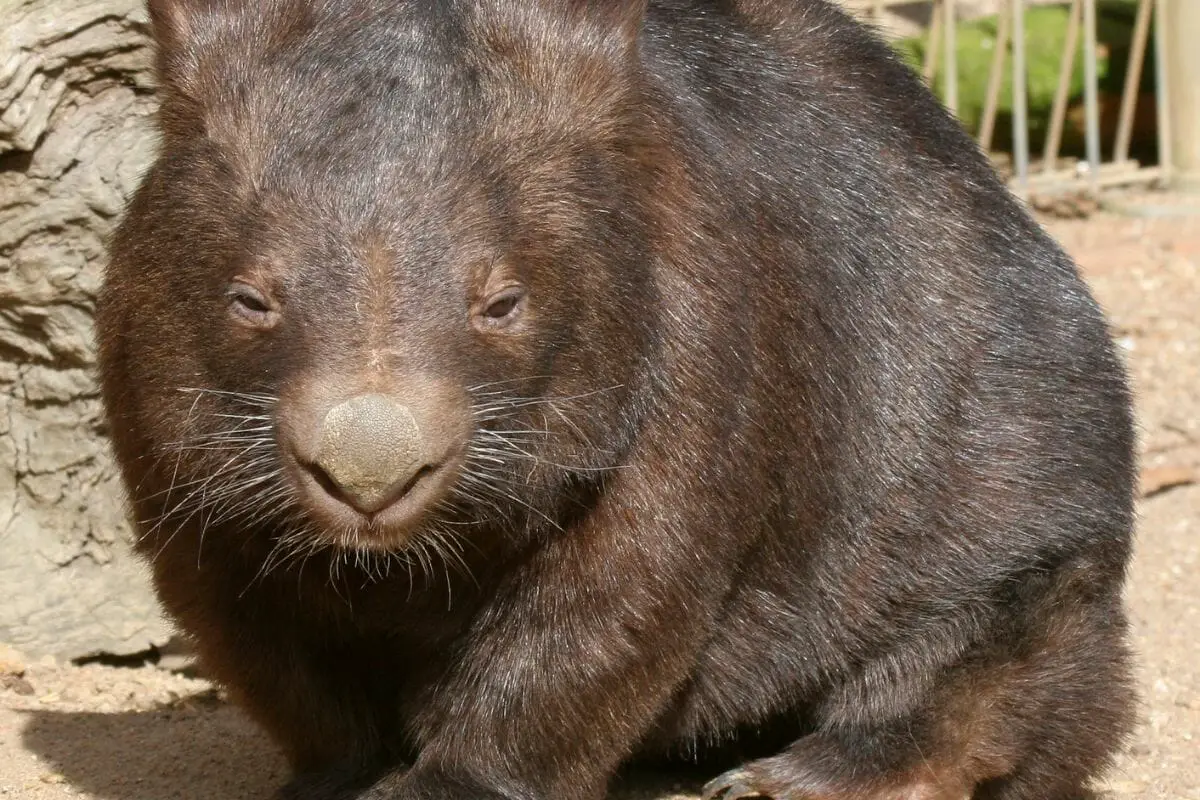
Aboriginal Culture
The wombat’s role within Aboriginal culture has changed somewhat over the years, and depending on the particular tribe or belief system, tends to either be a creature of little significance, or one to be revered.
One such folk tale from mainland stories tells of the wombats descending from a person named ‘Warreen’, whose head was flattened by a rock, and tail amputated as punishment for selfishness.
On the flip side, other regional folk tales speak of the wombat much more highly, describing them as protected by the great spirit ‘Moihernee’, who commanded the hunters of the land to leave a well populated area of wombats be.
Australian Culture
Likewise, the European colonization of Australia coincided with the western discovery of several Australian creatures – including the wombat, whom explorers treated with curiosity and interest at first.
However, due to rising populations, and with the expansion of Australian society, wombats became viewed in a much dimmer light, eventually being legally classified as vermin in 1906, and a widespread ‘bounty’ being placed on their capture or death sometime around 1925.
The latter, along with a substantial decline in their natural habitats, led to the wombat population reducing dramatically in the subsequent decades of the 20th century – numbers that didn’t recover until later in the century.
What Should You Do If You Are Attacked by a Wombat?
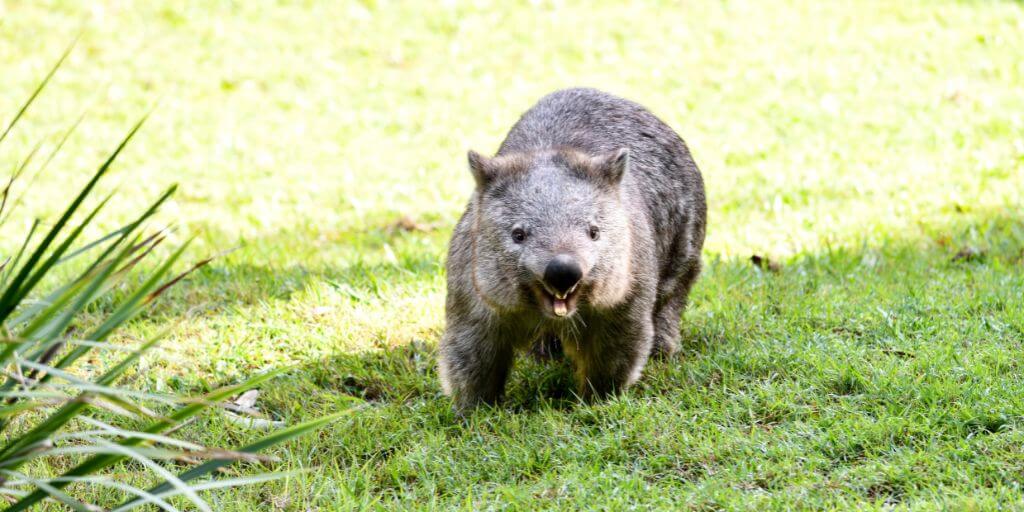
If you are attacked by a wombat, it is crucial to act swiftly to ensure your safety. First, remain calm and avoid sudden movements. Wombats can become defensive if they perceive a threat.
Slowly back away, creating space between you and the animal. It is essential to avoid any action that might provoke the wombat, such as attempting to touch or corner it, as this may lead to aggression.
In the event the wombat charges, use any available object or barrier, like a tree or a large rock, to shield yourself. Wombats are strong and fast, so direct confrontation should be avoided. Seeking shelter in a place the wombat cannot access is a good strategy, as it may decide to return to its burrow.
If bitten or scratched, thoroughly clean the wound with warm water and soap. Seeking medical attention promptly is important to prevent infection, and it is helpful to inform medical professionals that the injury was caused by wildlife. Following these steps can help minimize the risk and ensure your safety when dealing with a wombat encounter.
Are Wombats Protected?
The population numbers of the wombat eventually began to rise once more, helped mainly by an increase in conservation efforts prompted by the ailing numbers.
In contemporary society, the wombat is a protected animal in every single Australian state, and while the populations of various species of wombats are still not what they once were – such as the hairy-nosed wombat which borders on extinction – many species have thrived under these new governmental rulings.
Conservation Efforts
Luckily, there are many conservation efforts that have coincided with this governmental ruling, which are successfully trying to reestablish wombat communities throughout many parts of Australia.
These communities are (so far) in various parts of Queensland, the Epping Forest National Park, and a new, smaller colony, which is currently being established in Yarran Downs – within the Richard Underwood Nature Refuge.
What Is The Biggest Threat?
The current largest threats to the wombat population are the presence of wild dogs – the descendants of stray animals and wild canine species – competition for their food sources, due to widespread overgrazing of cattle and livestock, and disease, which has a distinct impact on the still (relatively) small population size.
FAQs
Are wombats aggressive to humans?
Wombats are generally not aggressive but can become defensive if threatened or startled. Their strong claws and teeth make them capable of inflicting injuries. Encounters where wombats feel cornered can lead to aggressive behavior, but such incidents are relatively rare.
Are wombats friendly with humans?
Wombats are typically shy and solitary animals, not naturally friendly towards humans. While they may tolerate human presence in some cases, they are not affectionate or social animals and prefer to be left undisturbed in their natural habitat.
Are wombats good pets?
Wombats are not suitable as pets due to their solitary nature, strong digging instincts, and potential for aggression. They require specific habitats and care that are challenging to provide in a domestic setting, making them better suited to living in the wild or specialized sanctuaries.
Final Thoughts
And there we have it, everything you need to know about the wombat, whether it is dangerous, and its status within the wider Australian animal kingdom.
While it’s true that the wombat can be a tough cookie when provoked, governmental protection, and the fact that the creatures are protected, severely limit the contact between humans and wombats, ensuring that these creatures continue to thrive and grow as a species.
- What Should I Do If A Koala Bites Me? Safety Guide - 2024-05-30
- Are Kangaroos Born Without Hind Legs? A Fascinating Journey - 2024-05-30
- Animals That Look Like Squirrels - 2024-05-30

